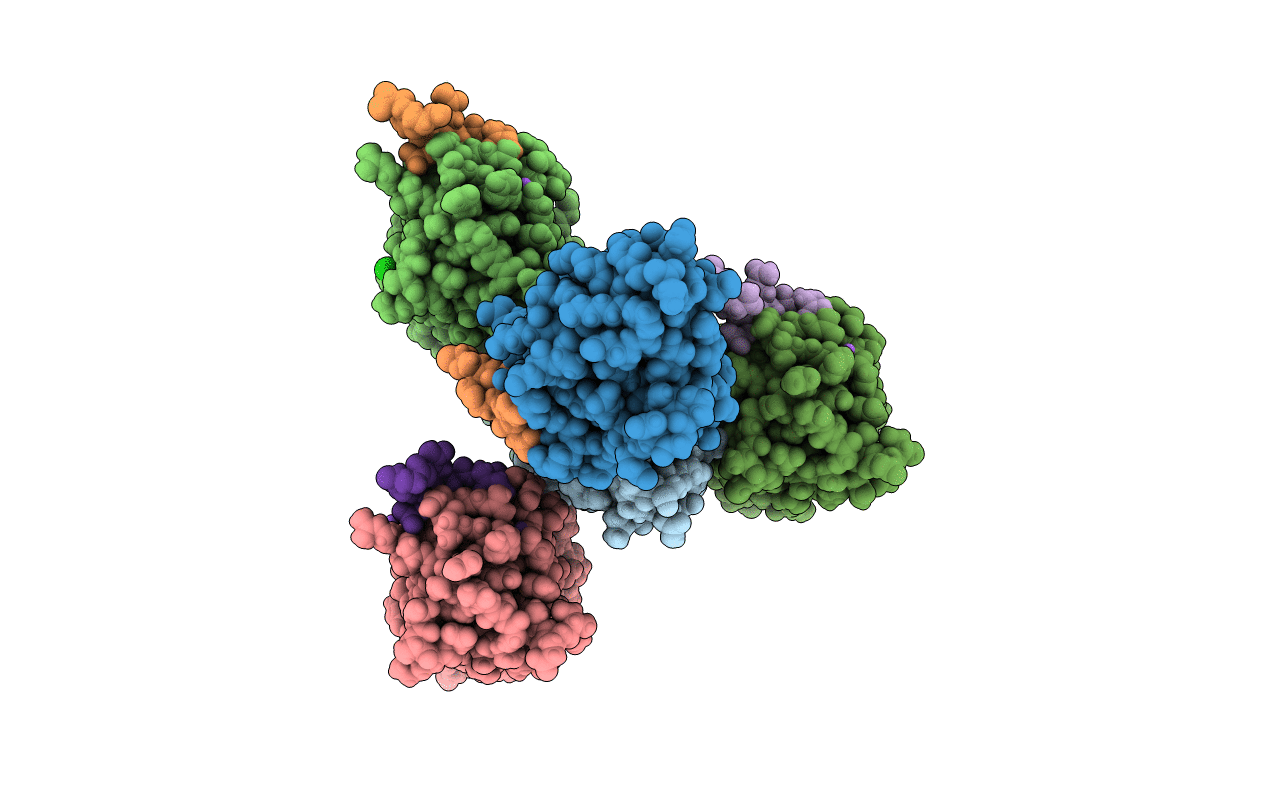
Deposition Date
2020-07-28
Release Date
2021-07-21
Last Version Date
2024-10-23
Entry Detail
PDB ID:
6ZWK
Keywords:
Title:
Crystal structure of the phosphorylated C-terminal tail of histone H2AX in complex with a specific nanobody (C6 gammaXbody)
Biological Source:
Source Organism:
Vicugna pacos (Taxon ID: 30538)
Homo sapiens (Taxon ID: 9606)
Homo sapiens (Taxon ID: 9606)
Host Organism:
Method Details:
Experimental Method:
Resolution:
1.55 Å
R-Value Free:
0.18
R-Value Work:
0.14
R-Value Observed:
0.15
Space Group:
P 31


